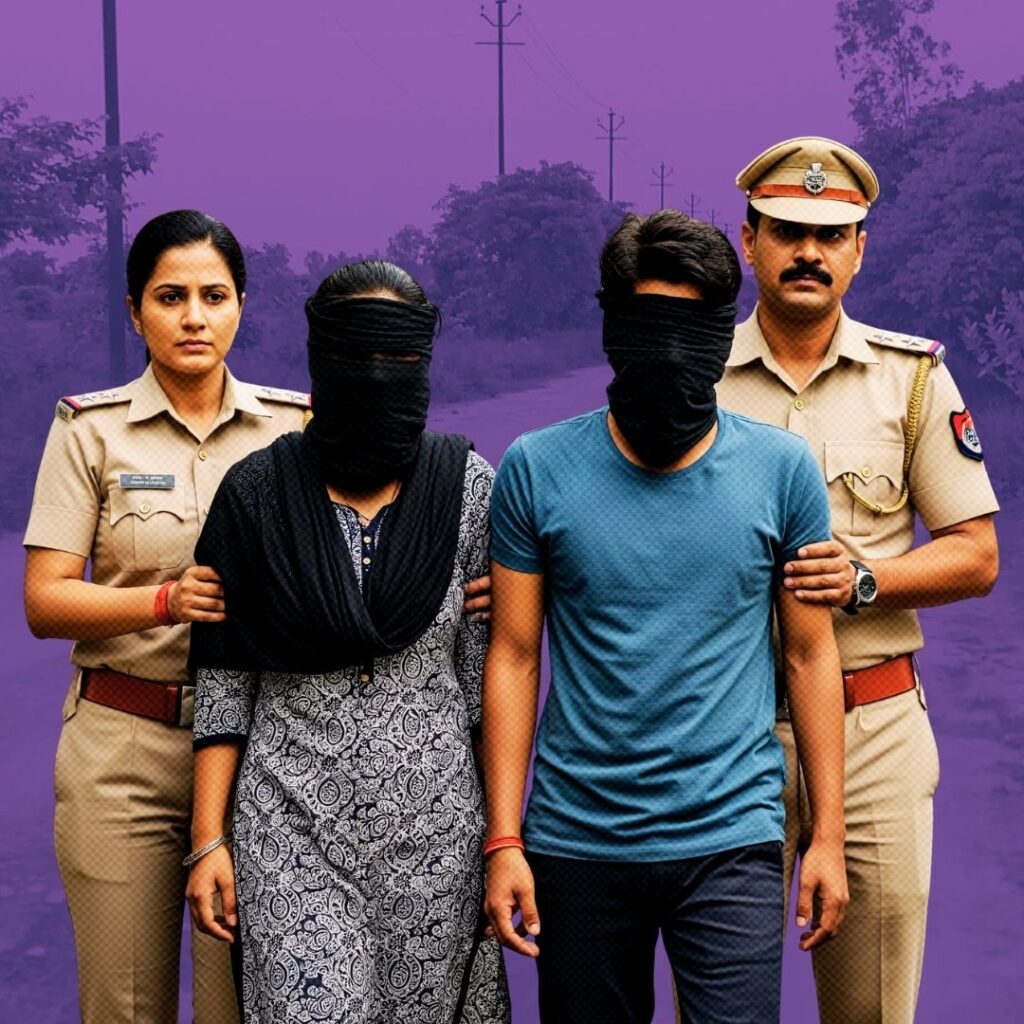“Section 124A under which I am happily charged is perhaps the prince among the political sections of the Indian Penal Code designed to suppress the liberty of the citizen. Affection cannot be manufactured or regulated by the law. If one has no affection for a person, one should be free to give the fullest expression to his disaffection, so long as he does not contemplate, promote or incite to violence.” – Mahatma Gandhi, March 1922
Section 124A of the Indian Penal Code (IPC) is one of India’s most draconian laws. Introduced by Britain during the colonial period, it has remained in force in our country even after after independence. The law that was used to punish Mahatma Gandhi, Bal Gangadhar Tilak, Lala Lajpat Rai and Aurobindo Ghose is today routinely used against activists, writers, cartoonists and other members of civil society.
Section 124A reads thus: “Whoever, by words, either spoken or written, or by signs, or by visible representation, or otherwise, brings or attempts to bring into hatred or contempt, or excites or attempts to excite disaffection towards the Government established by law shall be punished with [imprisonment for life], to which fine may be added, or with imprisonment which may extend to three years, to which fine may be added, or with fine.”
The Section openly criminalises “attempts to excite disaffection towards the government”. Not the country or national security, but any elected government. It doesn’t take a genius to understand that this is a seriously flawed and dangerously loose law.
The Allahabad High Court found Section 124A unconstitutional in 1958 while the Supreme Court (SC) has repeatedly constrained the ambit of the Section and the definition of sedition as well. In many instances, the SC chided the Government and law enforcement agencies for misusing the sedition law. The British – who gave us 124(A) – have all but removed it entirely.
But the reign of Section 124A continues unabated in democratic India, even in the 21st century when most democracies have outlawed most sedition laws because of their spectacular ability to be misused.
A brief history of Section 124A
Section 124A was introduced in the Draft Indian Penal Code by Thomas Macaulay in 1837. Though sedition was not included as an offence when the IPC was enacted in 1860, growing fears over Wahabi extremism in the Indian subcontinent enabled Section 124A to materialise in the IPC in 1870.
The first recorded state trial under Section 124A was in 1892. However, an 1898 case is more significant. This was Queen Empress v. Bal Gangadhar Tilak, and it was this case that defined sedition for the first time and dangerously expanded the scope of Section 124A.
The court ruled that: “The offence consists in exciting or attempting to excite in others certain bad feelings towards the government. It is not the exciting or attempting to excite mutiny or rebellion or any sort of actual disturbance, great or small. Whether any disturbance or outbreak was caused by these articles is absolutely immaterial.”
Throughout the Indian Independence Movement, Section 124A was used to curb free press and imprison freedom fighters, the most notable among these being Mahatma Gandhi, who called the Section the “prince among the political sections of the Indian Penal Code designed to suppress the liberty of the citizens.”
Jawaharlal Nehru called it “objectionable and obnoxious”. (Though the fact that he didn’t have it amended or removed when he became Prime Minister is also objectionable and obnoxious.)
One can argue that sedition in the hands of colonial rulers made sense as they had nothing to gain by championing free speech in India. So let us take a look at how Section 124A fared in independent India.
India, 1950-1951, when free speech was absolute
Between 1950 and 1951, India was in a state of nearly absolute free speech as the Constitution guaranteed the same. It was a time that many of us are unaware of, a time that is unimaginable today.
When the Constitution came into effect in 1950, there was only Article 19, which guaranteed free speech for all Indian citizens. There was no Article 19B, which today states that “reasonable restrictions” can be placed on a citizen’s right to free speech to maintain public order and to preserve national security.
The trigger that led to the enactment of Article 19B? Three government attempts to crackdown on speech that were immediately defeated by the country’s powerful courts.
The first judicial interpretation of sedition in independent India took place in 1950 in cases linked to the circulation of two magazines that were deemed to threaten public order. In these cases, the court ruled: “… unless a law restricting free speech is directed solely against the undermining of the security of state or overthrow of it, a law cannot be a restriction on free speech.”
The first of these three cases involved a government order in Bihar to restrict a violent political …











